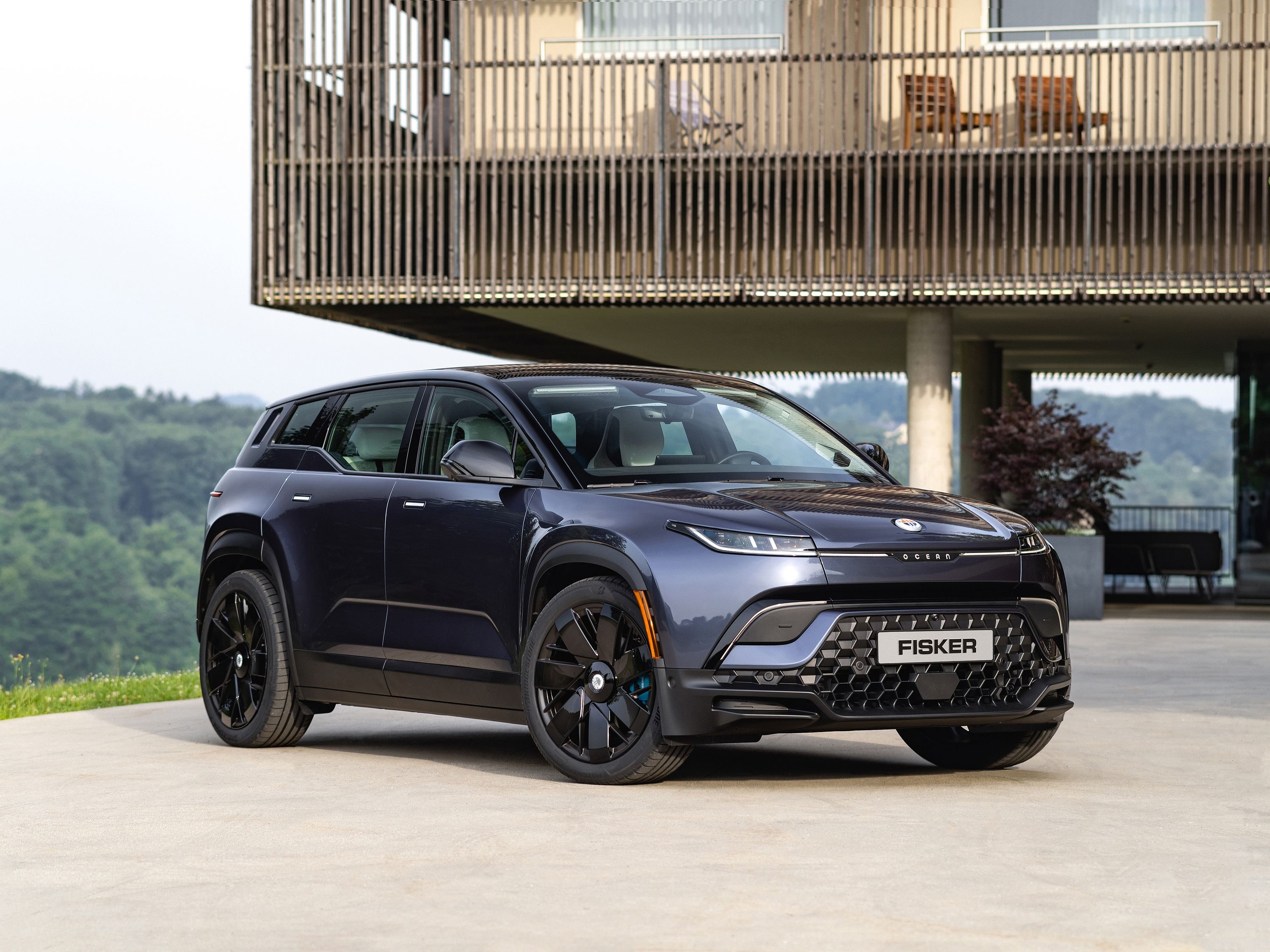
Magna International is a Tier 1 supplier to the auto industry. That means it deals directly with the OEMs. On July 27 it introduced the industry-first Icon Digital Radar, which will debut on the Fisker Ocean EV SUV in late 2022. Magna executive vice president, technology and investment Boris Shulkin explained the benefits of the digital radar at a virtual press conference.
"Icon Digital Radar dramatically improves performance over today's analog radar, bringing it to levels which have not yet been experienced in automotive applications," said Shulkin. "Similar to other digital breakthroughs in the consumer electronics and mobile phone industries, we expect digital radar to transform the way we think about radar's role in road safety - today and in the future."
Icon Digital Radar will come on a chip, or several chips, and will be comparable in cost to today's radar systems. No mention was made of the recent global semiconductor shortage. It can and will be used for assisted driving systems in Level 2, 3 and 4 autonomous vehicles. It can detect digital signals more accurately and from farther away. Magna says it will sell the components separately or in a turnkey solution.
Magna and Austin, Texas-based Uhnder partnered to develop the technology, which continuously scans its full environment in four dimensions, resulting in higher resolution and better contrast than analog radar. As a result, Icon Radar has the power to sense moving or standing objects, large or small, at both short and long distances.
Magna says it will be the first digital radar technology on the market, offering users a "superhuman sense."
For communication, it uses a quintillion unique codes embedded in the signal, which means there will be no interference from other radars. For reference it goes trillion, quadrillion and then quintillion. It's a lot of zeros.
The system can detect objects in dark tunnels or under bridges, and with a cloudy background, which we've seen can be trouble. It can also sense a guardrail, like analog systems, but also a person standing near a guardrail, which traditional systems can't do well. Finally, it can also spot low-laying objects on the road, as small as 30 cm high, at a range of 50 meters.
The system can work with existing ADAS systems, says Magna, and offers 16 times better resolution, 30 better contrast, and 40 times more power. Shulkin mentioned the difference between cell phones from the 1990s and cell phones today. If the jump from analog to digital is that good, we're ready for the tech right now.
